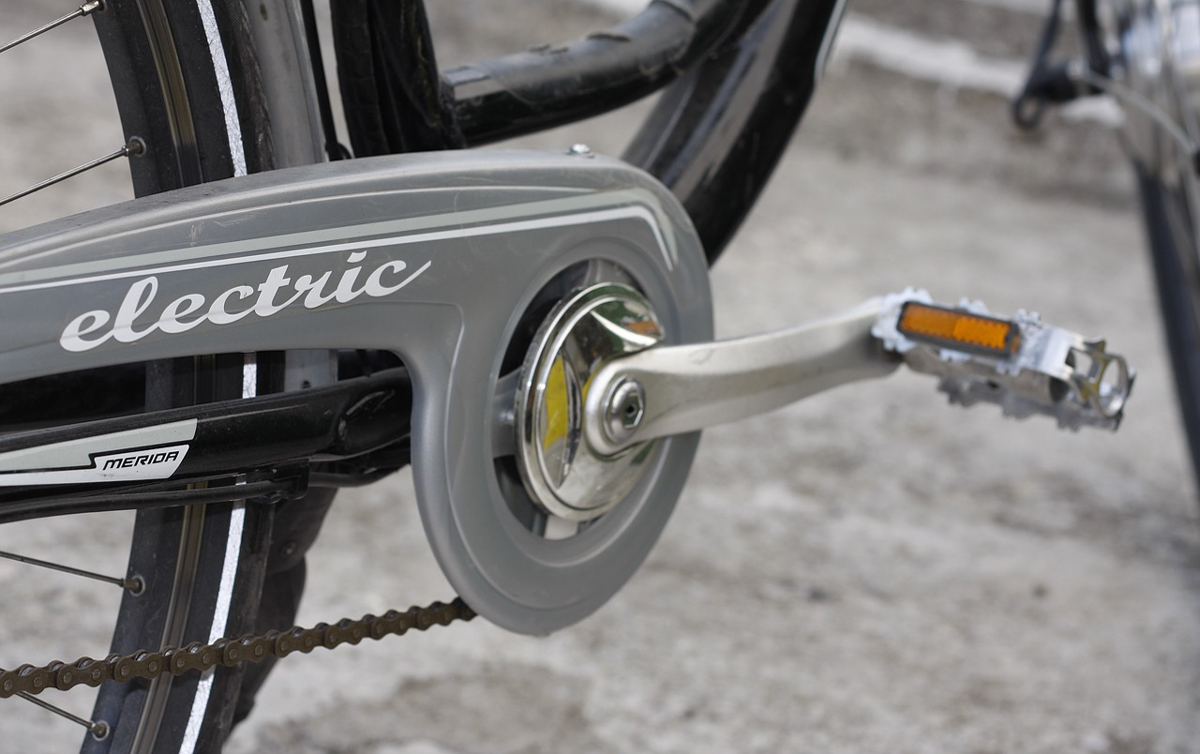
DOI pushes to increase access for electric bicycles on public lands
On Oct. 22, the Department of the Interior announced its guidance to implement Secretary’s Order 3376, Increasing Recreational Opportunities Through the Use of Electric Bikes, which will allow the use of low-speed electric bicycles at national wildlife refuges and other DOI-managed public lands where traditional biking occurs, expanding recreational opportunities and access to millions of Americans. The National Park Service has previously issued guidance to allow for e-bikes to be used on most bike paths in the national parks.
Secretary’s Order 3376, signed Aug. 29 by U.S. Secretary of the Interior David Bernhardt, directs DOI bureaus to create a clear and consistent e-bike policy for the lands they manage. The policy also supports Secretary’s Order 3366 to increase recreational opportunities on public lands.
A majority of states have adopted e-bike policies, which primarily have followed model legislation allowing for three classes of e-bikes to have access to bicycle trails. The DOI e-bike guidance seeks to provide consistency with the state and local rules where possible.
“Millions of Americans want to bike on our public lands and pedal assist bikes can facilitate the effort of those whose age, fitness level, or disability limits their interest. E-bikes can help make our parks, refuges, and public lands accessible to them, providing opportunities to explore areas of the great outdoors that were previously unreachable,” said Secretary Bernhardt. “Where possible and appropriate, we want to accommodate bicycling and the enjoyment of our public lands.”
Secretary’s Order 3376 directs DOI bureaus to begin the longer-term process of obtaining public input on new regulations that will clarify that low-speed e-bikes should enjoy the same access as conventional bicycles, consistent with other federal and state laws. The U.S. Fish and Wildlife Service, the U.S. Bureau of Reclamation, and the Bureau of Land Management joined the NPS, which already provided e-bike policy guidance to park superintendents Aug. 30 in similarly issuing guidance to its bureaus and managers. Superintendents and field managers will have the ability in the short term to utilize the flexibility they have under current regulations to accommodate this new technology that assists riders as they pedal in a way that allows them to enjoy the bicycling experience.
The guidance to superintendents and field managers will enable visitors to use these bicycles with a small electric motor (less than 1 horsepower) in the same manner as traditional bicycles. The operator of an e-bike may only use the small electric motor to assist pedal propulsion. The motor may not be used to propel an e-bike without the rider also pedaling except in locations open to public motor vehicle traffic. Similar to traditional bicycles, e-bikes are not allowed in designated wilderness areas and may not be appropriate for back-country trails. The focus of the guidance is on expanding the traditional bicycling experience to those who could benefit from the reduction of effort provided by this new e-bike technology. Park superintendents and local refuge and land managers will limit, restrict, or impose conditions on bicycle use and e-bike use where necessary to manage possible conflicts and ensure visitor safety and resource protection.
Since the NPS issued its guidance, superintendents and park staff have engaged with stakeholders and visitors to better understand potential impacts to resources and visitors and other potential issues with allowing e-bikes where traditional bikes are allowed. Several park units including Cuyahoga Valley National Park, Cape Cod National Seashore, Dinosaur National Monument, and Mount Rainier National Park have already adopted new policies clarifying e-bike use. Other bureaus will also work closely with the public and partners to ensure all concerns and support are taken into account as we work to accommodate visitors with e-bikes and propose new regulations.
For more information, the NPS, FWS, BLM, and USBR have created websites and online tools for the public to learn more about e-bikes, answer frequently asked questions, and provide updates on this policy and where e-bikes are allowed to be used on public lands.
Articles related to “DOI pushes to increase access for electric bicycles on public lands”
Hurricane Valley Theatrical Company presents “Into the Woods”
FMASU presents Halloween-inspired movie event Horror-Fest: A Nightmare on Main Street



